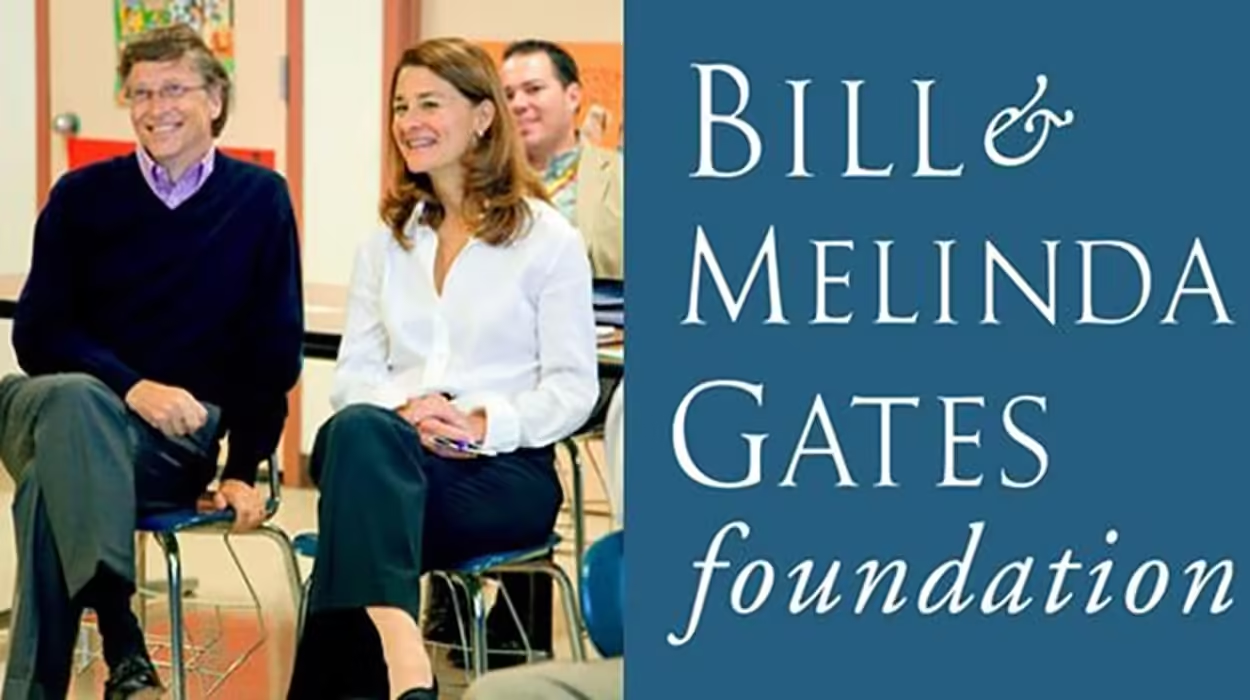Introduction
“Charitable Financial Planning” Giving money to charity has become an important part of a well-rounded financial plan in today’s world. It not only lets people give back to the community, but it also has a number of financial advantages, such as tax benefits and the chance to leave a lasting legacy.
Finding a balance between specific financial goals and the desire to make a real difference is key to charity financial planning. In this article, we’ll talk about the ins and outs of charitable financial planning and use real-life examples to show how it works.
What is Charitable Financial Planning? | Charitable Giving Financial Planning | Charity Financial Planning
At its core, charitable financial planning involves organizing one’s finances in such a way that they can support charitable causes while also meeting personal financial needs. It includes strategies like donating to charities, setting up charitable trusts, and creating donor-advised funds.
These methods allow individuals to align their philanthropic efforts with their financial objectives, whether they are reducing tax liabilities, preserving wealth for future generations, or simply making the world a better place.

Why is Charitable Financial Planning Important? Discover Charitable Giving Financial Planning
Charitable financial planning is not just about philanthropy; it’s also a smart financial strategy. Here’s why:
- Tax Benefits: The potential for tax deductions is one of the most significant advantages of charitable financial planning. Individuals or Businesses can lower their taxable income by donating to qualified charitable organizations, resulting in significant savings.
- Legacy Creation: Many people want to leave a legacy that reflects their values. Individuals can create lasting positive change in areas they care about through charitable financial planning, ensuring their impact endures long after their death.
- Aligning Values with Wealth: For wealthy people, making sure their money is in line with their values is often a top concern. Giving to charities allows them to support important causes and puts their money to work, making the world a better place.

Charitable Financial Planning: 6 Best Types
There are several ways to incorporate charitable giving into your financial plan. Here are the most common strategies:
Direct Donations to Charities
Giving to charity in this manner is the simplest way to do it. People can give money, stocks, or other things directly to a non-profit organization. They get tax exemption for the donation’s market value.
Example:
John, a tech entrepreneur, donates $50,000 worth of stock to a charity that supports education in underserved communities. By donating stock instead of cash, John avoids capital gains taxes and receives a tax deduction for the full value of the stock.
Donor-Advised Funds (DAFs)
People who want to get the most out of their tax benefits while also helping various charities often choose a Donor-Advised Fund. With a DAF, a person can put money into a fund, get a tax break right away, and then suggest grants to different nonprofits over time.
Example:
Jane, a retired businesswoman, establishes a donor-advised fund with $100,000. She takes an immediate tax deduction for the full amount, but she can spread her donations over several years, deciding which charities to support at her own pace.

Charitable Trusts
Charitable Remainder Trusts (CRTs) and Charitable Lead Trusts (CLTs) are two common types of charitable trusts. CRTs allow individuals to receive an income stream for a set period, with the remaining assets going to a charity. CLTs, on the other hand, provide income to a charity for a set period, with the remainder going back to the donor’s beneficiaries.
Example:
Tom and Emily set up a Charitable Remainder Trust with $1 million. They receive annual payments from the trust for the rest of their lives, and upon their deaths, the remaining funds go to their favorite environmental charity. In addition to supporting a cause they believe in, they also enjoy significant tax advantages.

Private Foundations
For those who wish to have more control over their charitable giving, private foundations offer a structured way to manage donations. These are legal entities set up to support charitable activities. Despite requiring more administrative work and costs, they provide complete control over the distribution of funds.
Example:
The Smith family creates a private foundation with $5 million in assets to support healthcare initiatives. They choose which projects to fund, appoint family members to the board, and make sure their wealth significantly impacts the causes they care about.
Charitable Bequests
A gift to a charity in a will or trust is known as a charitable bequest. This method is ideal for individuals who want to support a cause after they pass away without affecting their current financial situation.
Example:
Margaret includes a bequest in her will, leaving $250,000 to a local animal shelter. Planning her donation this way allows her to fulfill her charitable intentions while maintaining access to her assets during her lifetime.
Qualified Charitable Distributions (QCDs)
For individuals aged 70½ or older, Qualified Charitable Distributions allow them to donate up to $100,000 annually from their IRA directly to a charity. The required minimum distribution (RMD) does not include this distribution in taxable income.
Example:
George, a retiree, donates $50,000 from his IRA to his favorite charity. This reduces his taxable income while also fulfilling his required minimum distribution.

Balancing Charitable Giving with Personal Financial Goals
When engaging in charitable financial planning, it’s important to strike a balance between giving to charity and ensuring personal financial security. This requires careful planning, which includes:
- Evaluating personal cash flow needs: It’s important to make sure that one’s personal and family needs are satisfied before making significant donations or establishing trusts.
- Considering future financial goals: Charitable giving should align with long-term financial objectives, such as retirement or funding education for children.
- Tax planning: Effective charitable financial planning can reduce tax burdens, but it’s essential to work with a financial advisor or tax professional to maximize the benefits.
Live Examples of Charitable Financial Planning in Action
Let’s look at a few real-life examples of individuals and families who have incorporated charitable giving into their financial plans:
Example 1: The Gates Foundation
Bill and Melinda Gates have used their wealth to create the Bill & Melinda Gates Foundation, one of the largest private foundations in the world. Their foundation has donated billions of dollars to causes like global health, education, and poverty reduction. Through strategic planning, the Gates family has not only helped millions of people but also optimized their tax savings.

Example 2: Warren Buffett’s Charitable Pledge
Warren Buffett, one of the wealthiest individuals in the world, has committed to giving away 99% of his wealth through The Giving Pledge, an initiative he co-founded with Bill Gates. By donating his shares in Berkshire Hathaway, Buffett has significantly reduced his taxable estate while supporting numerous charitable causes.
Example 3: Oprah Winfrey’s Philanthropy
Oprah Winfrey is well-known for her philanthropy, particularly in the areas of education and empowerment for women. She has set up charitable trusts, donated large sums to organizations like the Oprah Winfrey Leadership Academy Foundation, and made substantial bequests in her will.

The Role of Financial Advisors in Charitable Financial Planning
Working with a financial advisor is crucial when developing a charitable financial plan. Advisors can help:
- Maximize tax benefits: To optimize tax savings, a financial advisor can recommend strategies such as DAFs or charitable trusts.
- Effectively structure gifts to benefit both the donor and the charity: They make sure that donations are in line with personal financial goals.
- Plan for future giving: Advisors help individuals create long-term giving strategies that align with personal and philanthropic goals.

Conclusion
Charitable financial planning is a powerful tool for individuals who want to make a difference in the world while also securing their financial future. By using strategies like donor-advised funds, charitable trusts, private foundations, and charitable bequests, individuals can support the causes they care about while enjoying tax benefits and leaving a lasting legacy.
With proper planning and the help of a financial advisor, charitable giving can become a central part of any financial strategy, benefiting both the donor and the community.
Whether you’re just starting out or already have a significant wealth portfolio, incorporating charitable giving into your financial plan is a meaningful way to align your financial goals with your values.
FAQ About Charitable Financial Planning
What is charitable financial planning?
Charitable financial planning involves organizing your finances to support charitable causes while meeting your personal financial goals, often resulting in tax benefits and legacy creation.
How can charitable donations reduce taxes?
Donations to qualified charities can lower your taxable income, providing deductions that reduce the amount of taxes you owe.
What is a donor-advised fund (DAF)?
A DAF allows you to donate assets, receive an immediate tax deduction, and recommend charitable grants over time to various organizations.
What is the difference between a charitable remainder trust (CRT) and a charitable lead trust (CLT)?
A CRT provides income to you or beneficiaries first, with the remainder going to charity, while a CLT gives income to the charity first, with the remainder returning to your beneficiaries.
Do I need a financial advisor for charitable financial planning?
Yes, a financial advisor can help optimize your giving strategy, maximize tax benefits, and align charitable donations with your long-term financial goals.
